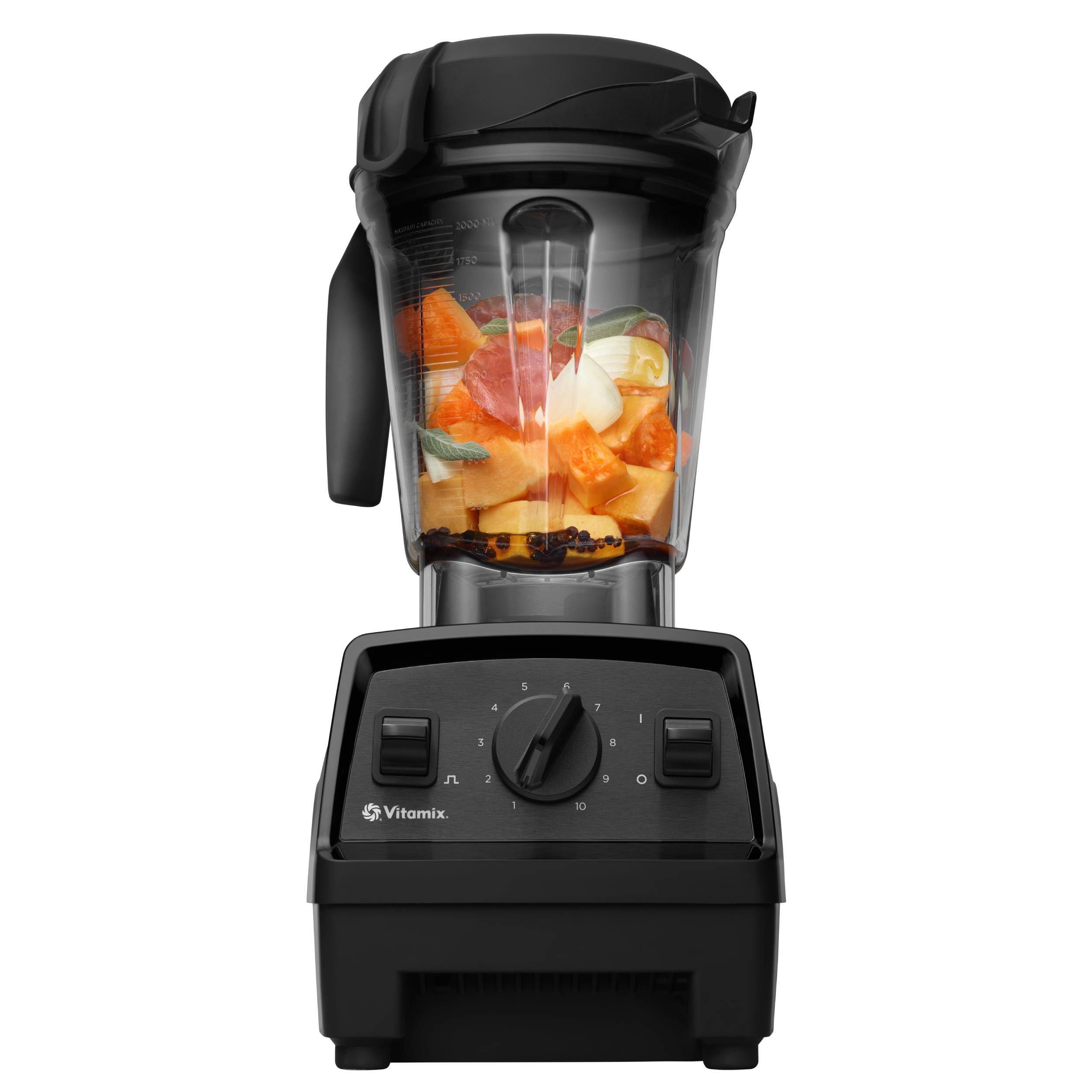Have you ever noticed the light blinking on your deep freezer and wondered what it means? You’re not alone. Many people experience this frustrating situation, often worrying about their food safety or potential appliance failure.
In this article, you’ll discover the reasons behind that blinking light and what steps you can take to troubleshoot the issue. Whether it’s a simple fix or a sign of something more serious, understanding this common problem can save you time and money. By the end, you’ll feel more confident in handling your deep freezer and ensuring your food stays fresh.
Key Takeaways
- Blinking Light Significance: A blinking light on your deep freezer usually indicates a specific issue such as temperature fluctuations, an ajar door, or a faulty sensor.
- Temperature Management: Regularly monitor and maintain your freezer’s temperature at or below 0°F to prevent blinking alerts and ensure food safety.
- Proper Door Sealing: Ensure the freezer door is completely closed and that seals are intact to maintain consistent internal temperatures.
- Airflow & Loading Practices: Avoid overloading the freezer; allow adequate space for air circulation to prevent overheating and blinking lights.
- Troubleshooting Steps: If the blinking persists, check power connections, assess temperature settings, and inspect the sensor before considering professional help.
- Preventative Care: Implement routine freezer maintenance such as regular defrosting, door seal checks, and educating household members on proper usage to minimize issues.
Understanding Light Blinking On Deep Freezer
When the light on your deep freezer blinks, it often indicates a specific issue requiring your attention. Understanding the common reasons behind this blinking can help you troubleshoot effectively.





Common Causes of Blinking Light
- Temperature Fluctuation: A blinking light frequently signals that the internal temperature has risen too high. This can occur due to frequent opening of the freezer or a power outage.
- Door Ajar: If the door isn’t sealed properly, the blinking light may alert you to a potential issue. Ensure the door closes completely to maintain the right temperature.
- Faulty Sensor: Sometimes, a faulty temperature sensor triggers the blinking. Regularly inspect the sensor and wiring to confirm there’s no damage.
- Overloading: Overloading your freezer can restrict air circulation, causing the light to blink. Always allow space for air to flow around food items.
Troubleshooting Steps
- Check the Door: Ensure the door is fully closed. If it’s ajar, close it and monitor the light.
- Assess Temperature: If the temperature is higher than recommended (ideally between -10°F and 0°F), adjust the thermostat. Allow time for adjustments to take effect.
- Inspect the Sensor: Locate the temperature sensor inside your freezer. Clear any ice buildup or food obstruction around it.
- Reduce Load: If the freezer is packed tightly, consider rearranging or removing items to improve air circulation.
When to Call a Professional
If troubleshooting doesn’t resolve the blinking light, it may be time to contact a professional. A technician can diagnose problems like compressor failure or electrical issues, which require expert intervention.
By understanding the reasons behind a blinking light and taking action accordingly, you maintain the functionality of your deep freezer and ensure your food stays fresh.
Common Causes Of Light Blinking
Light blinking on your deep freezer often signals an underlying issue. Recognizing the common causes can help you troubleshoot effectively.
Power Supply Issues
Power supply problems frequently lead to blinking lights. Inspect the power cord for damage or loose connections. Ensure the outlet functions properly by plugging in another device. If the outlet isn’t delivering voltage to your freezer, it can cause light fluctuations.
Temperature Fluctuations
Temperature changes inside the freezer may trigger the light. Allow enough air circulation around the unit. Avoid blocking vents with items stacked too closely. Frequent opening of the door lets warm air in, increasing internal temperatures. For accurate readings, ensure the thermometer is correctly placed inside the unit. If temperatures consistently rise above zero degrees Fahrenheit, the light might blink to alert you.





Troubleshooting Steps
Addressing a blinking light on your deep freezer involves a series of practical steps. Confirming power supply and temperature settings can resolve many common issues.
Checking The Power Connection
Inspect the power cord for any visible damage. Don’t overlook frayed wires or bent prongs, as these can disrupt power flow. Test the outlet with another device to ensure it works properly. If the appliance isn’t receiving power, that blinking light is a sign of trouble. Make sure the freezer is plugged in securely; sometimes connections loosen and disrupt power. If the problem persists, consider using a surge protector to safeguard against voltage surges.
Monitoring Temperature Settings
Verify the temperature setting on your deep freezer. Most freezers operate best at or below 0°F (-18°C). Check the thermostat for accuracy and make adjustments if necessary. Allow time for the freezer to stabilize after adjusting the temperature; it might take several hours for the light to stop blinking. If you notice the freezer struggling to maintain this temperature, inspect the door seals and ensure they’re airtight. Proper seals help minimize temperature fluctuations that can trigger the blinking light.
When To Call A Professional
If the blinking light on your deep freezer persists after you’ve performed troubleshooting steps, it’s time to consider calling a professional. Here are clear indicators that help determine when you need expert assistance:
- Continued Temperature Issues
If the temperature inside your freezer remains above 0°F (-18°C) despite adjustments, a malfunction may exist in the thermostat or compressor. - Repeated Power Disruptions
If the freezer frequently loses power, check calls for an electrician may be necessary. Electrical issues can lead to damage beyond simple resets. - Strange Noises
If you notice unusual sounds, such as grinding or buzzing, it could signal a problem with the motor or other internal parts. Professionals can diagnose and fix internal mechanical issues effectively. - Extensive Frost Buildup
If excessive ice accumulation occurs, it may point to a sealed system problem. This situation usually requires special tools and expertise. - Faulty Door Seals
If door seals appear worn or damaged and replacing them doesn’t work, reach out for help. Professional inspections can identify improper installation or bigger issues with the freezer structure. - Stale or Spoiled Food
If food consistently goes bad despite efforts to maintain a proper temperature, a professional can assess for deeper issues that might not be visible.
Facing persistent problems with a deep freezer can be frustrating. Getting a qualified technician’s help ensures your appliance functions optimally and safeguards your food.





Preventative Measures
To keep your deep freezer running smoothly and to prevent a blinking light, implement these key measures:
Check Door Seals Regularly
Verify the integrity of door seals to ensure airtight closures. Inspect for cracks or damage that could let warm air in. Replace seals if they show signs of wear.
Maintain Proper Temperature
Set your freezer at 0°F (-18°C) or lower. Use a thermometer to confirm the internal temperature. Regularly check it after adjusting the thermostat.
Avoid Overloading
Distribute items evenly inside the freezer, leaving space for air circulation. Avoid overloading compartments to ensure cool air can flow freely.
Power Supply Inspection
Inspect the power cord for any visible damage. Ensure that the outlet provides consistent power. Consider using a surge protector to guard against power fluctuations.
Regular Defrosting
Defrost your freezer regularly to prevent excessive frost buildup. Thick ice can obstruct airflow, affecting the unit’s efficiency and leading to temperature changes.
Limit Door Openings
Minimize the frequency and duration of door openings. Plan to retrieve multiple items at once to maintain temperature stability.
Routine Maintenance
Perform regular maintenance checks, including cleaning the condenser coils. Keep the area around the freezer clean and free of debris to promote ventilation.
Educate Household Members
Inform all household members on the importance of freezer care. Ensure they know how to operate and troubleshoot basic issues with the appliance.
By following these preventative measures, you can significantly reduce the chances of a blinking light and ensure your deep freezer operates effectively.
Conclusion
Dealing with a blinking light on your deep freezer can be stressful but knowing what to look for can make all the difference. By following the troubleshooting tips and preventative measures outlined in the article, you can tackle most issues with confidence.
Remember to regularly check seals and maintain the right temperature to keep your freezer running smoothly. If problems persist don’t hesitate to reach out to a professional. Taking these steps not only protects your food but also gives you peace of mind about your appliance’s performance. You’ve got this!
Frequently Asked Questions
What does a blinking light on a deep freezer mean?
A blinking light on a deep freezer usually indicates a problem related to temperature fluctuations, such as an unsealed door, a faulty sensor, or an overloaded freezer. It signals that the internal temperature may not be ideal for food safety.
How can I troubleshoot a blinking light?
Start by checking the door seals to ensure they’re airtight, assessing the temperature settings to confirm they’re at or below 0°F (-18°C), and inspecting the power supply for any damage. Reducing the load can also help improve air circulation.
When should I call a professional for my deep freezer?
Consider contacting a technician if you experience ongoing temperature issues, repeated power interruptions, strange noises, extensive frost buildup, faulty door seals, or if food consistently spoils. Professional help ensures your appliance functions optimally.
What are common causes of a blinking light?
Common causes include power supply issues, temperature fluctuations due to blocked vents, frequent door openings, and faulty components. Inspect the power cord and ensure the outlet is functioning properly to rule out power-related problems.
How can I maintain my deep freezer?
To keep your freezer running smoothly, regularly check door seals, maintain the correct temperature, avoid overloading, limit door openings, perform routine maintenance, and educate household members on proper freezer care. These steps can prevent blinking light issues.

Hey, I’m Jake. I focus on cooling systems at Appliance Mastery, like fridges, freezers, and air conditioners.
I’ve worked in appliance repair for more than ten years and I’m certified through NASTeC. I’ve seen just about every fridge issue you can imagine.
My goal is to help you fix problems without stress. Whether it’s a freezer that won’t cool or an AC that keeps beeping, I’m here to walk you through it.
